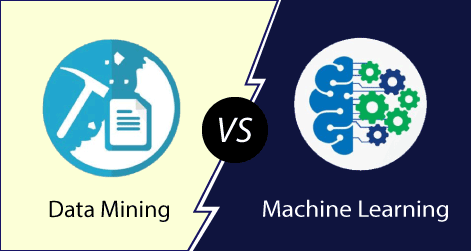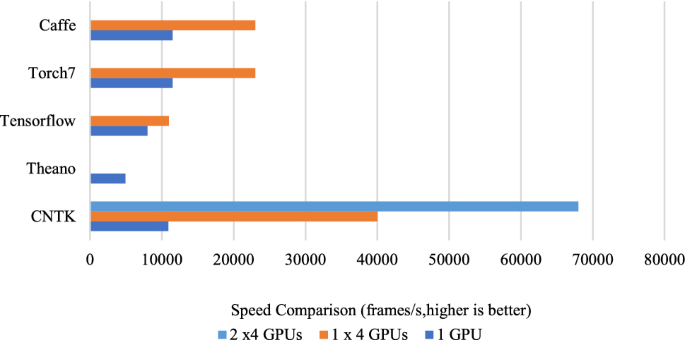
Programming Game AI by Example, a comprehensive guide to AI techniques is the best book. This book will guide you through the design, programming, and implementation of intelligent agents. Written for beginners, the book uses C++ programming languages to guide you through each step. Once you are familiar with AI's principles, you can apply them in real-world settings.
Pathfinding
Pathfinding is an important part of game AI. Many games require that characters move in a goal-directed way. To ensure that programs can find the shortest path to their destination, they must be able identify their origin and return to it. There are many pathfinding algorithms that are used. The most popular is the A* algorithm, which can be pronounced "a star". However, programmers have found that the basic A* algorithm isn't quite enough for realistic movement.
By analyzing coordinates in adjacent grid boxes, you can find the shortest path between two points. Artificial intelligence will need to map grid boxes and open spaces. To help it determine which path is best, a custom block can be created to use the counter system we introduced in Part 1.

Steering
Game AI programming can be used to create behaviours that allow autonomous characters to follow a given path. An easy way to steer is to go towards the center. Another popular way to steer is to go towards the middle of the line between the squares. It makes it easier to move and is also helpful. Here's a quick overview of steering behaviors. This tutorial will help you create these behaviors and then implement them into your game.
There are several types of steering behaviours, and each has its purpose. One example is seek, which steers a character towards a desired position in global space. It adjusts its velocity to make it radially align with it. This is different than the attraction force, which would create an orbit around the target point. You can define your desired velocity in the character's movement algorithm by comparing it to its current velocity. The difference between the desired velocity and the actual velocity is the steering vector.
Utility-based decision making
Utility-based decision making in game AI is nothing new. Since decades, games have used numbers and mathematical formulas to determine their behavior. Formal utility AI has recently emerged as an option. While early examples of utility AI relied on the percentage-chances approach for determining behavior, formal utility AI is still a feasible option. Utility-based algorithms rank the behaviors according the utility they provide the player. Although this algorithm can be used to make games easier, it is essential to understand all details before using it.
This method allows for the separation of decision making and execution. This allows the Agent to choose which Action it wishes to execute before it is executed. It also stores the "winning Action" with the Actor’s Context data. This approach is called ChooseActionDecision, and is common in utility-based implementations. Below are some differences between this approach and others.

Controlling physics
You can control physics using examples when creating games. For example, a simple game could include a physics system that determines each entity’s velocity and adjusts its position accordingly. Then, a game could delegate this work to AI, which can control agent velocity. This is possible with the polyfill found in Khronos Group’s CVS repository. Here are some examples for you to get started.
Game physics engines are based upon approximations of real laws. They are calibrated to a set time to keep them from going crazy. Complex games can have a variable time step. The game AI will need to respond accordingly. This technique is extremely useful in situations where physics is not stable. In the example below, we will show how to create flying fish with individual characteristics.
FAQ
What are some examples AI apps?
AI is being used in many different areas, such as finance, healthcare management, manufacturing and transportation. Here are a few examples.
-
Finance - AI already helps banks detect fraud. AI can identify suspicious activity by scanning millions of transactions daily.
-
Healthcare – AI is used for diagnosing diseases, spotting cancerous cells, as well as recommending treatments.
-
Manufacturing – Artificial Intelligence is used in factories for efficiency improvements and cost reductions.
-
Transportation - Self-driving vehicles have been successfully tested in California. They are being tested in various parts of the world.
-
Utility companies use AI to monitor energy usage patterns.
-
Education - AI has been used for educational purposes. For example, students can interact with robots via their smartphones.
-
Government - AI is being used within governments to help track terrorists, criminals, and missing people.
-
Law Enforcement-Ai is being used to assist police investigations. Investigators have the ability to search thousands of hours of CCTV footage in databases.
-
Defense - AI systems can be used offensively as well defensively. Artificial intelligence systems can be used to hack enemy computers. Defensively, AI can be used to protect military bases against cyber attacks.
What's the status of the AI Industry?
The AI industry continues to grow at an unimaginable rate. Over 50 billion devices will be connected to the internet by 2020, according to estimates. This will allow us all to access AI technology on our laptops, tablets, phones, and smartphones.
Businesses will need to change to keep their competitive edge. If they don't, they risk losing customers to companies that do.
Now, the question is: What business model would your use to profit from these opportunities? You could create a platform that allows users to upload their data and then connect it with others. You might also offer services such as voice recognition or image recognition.
Whatever you decide to do in life, you should think carefully about how it could affect your competitive position. You won't always win, but if you play your cards right and keep innovating, you may win big time!
Who created AI?
Alan Turing
Turing was first born in 1912. His father was clergyman and his mom was a nurse. He was an excellent student at maths, but he fell apart after being rejected from Cambridge University. He discovered chess and won several tournaments. After World War II, he was employed at Bletchley Park in Britain, where he cracked German codes.
He died in 1954.
John McCarthy
McCarthy was born in 1928. McCarthy studied math at Princeton University before joining MIT. He created the LISP programming system. He had already created the foundations for modern AI by 1957.
He died in 2011.
How does AI work?
An artificial neural network consists of many simple processors named neurons. Each neuron receives inputs form other neurons and uses mathematical operations to interpret them.
The layers of neurons are called layers. Each layer has its own function. The raw data is received by the first layer. This includes sounds, images, and other information. These are then passed on to the next layer which further processes them. Finally, the last layer produces an output.
Each neuron has its own weighting value. This value is multiplied when new input arrives and added to all other values. If the result is more than zero, the neuron fires. It sends a signal to the next neuron telling them what to do.
This process repeats until the end of the network, where the final results are produced.
Statistics
- More than 70 percent of users claim they book trips on their phones, review travel tips, and research local landmarks and restaurants. (builtin.com)
- A 2021 Pew Research survey revealed that 37 percent of respondents who are more concerned than excited about AI had concerns including job loss, privacy, and AI's potential to “surpass human skills.” (builtin.com)
- In the first half of 2017, the company discovered and banned 300,000 terrorist-linked accounts, 95 percent of which were found by non-human, artificially intelligent machines. (builtin.com)
- According to the company's website, more than 800 financial firms use AlphaSense, including some Fortune 500 corporations. (builtin.com)
- By using BrainBox AI, commercial buildings can reduce total energy costs by 25% and improves occupant comfort by 60%. (analyticsinsight.net)
External Links
How To
How to get Alexa to talk while charging
Alexa, Amazon's virtual assistant can answer questions and provide information. It can also play music, control smart home devices, and even control them. It can even speak to you at night without you ever needing to take out your phone.
Alexa allows you to ask any question. Simply say "Alexa", followed with a question. She'll respond in real-time with spoken responses that are easy to understand. Alexa will continue to learn and get smarter over time. This means that you can ask Alexa new questions every time and get different answers.
You can also control connected devices such as lights, thermostats locks, cameras and more.
You can also tell Alexa to turn off the lights, adjust the temperature, check the game score, order a pizza, or even play your favorite song.
Alexa can talk and charge while you are charging
-
Step 1. Step 1. Turn on Alexa device.
-
Open Alexa App. Tap Settings.
-
Tap Advanced settings.
-
Select Speech recognition.
-
Select Yes, always listen.
-
Select Yes, please only use the wake word
-
Select Yes, then use a mic.
-
Select No, do not use a mic.
-
Step 2. Set Up Your Voice Profile.
-
Choose a name for your voice profile and add a description.
-
Step 3. Step 3.
After saying "Alexa", follow it up with a command.
Ex: Alexa, good morning!
If Alexa understands your request, she will reply. Example: "Good morning John Smith!"
Alexa will not respond to your request if you don't understand it.
After making these changes, restart the device if needed.
Notice: If you modify the speech recognition languages, you might need to restart the device.